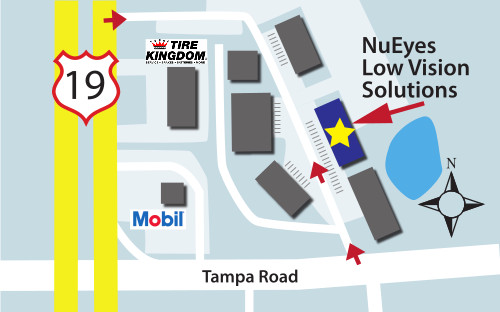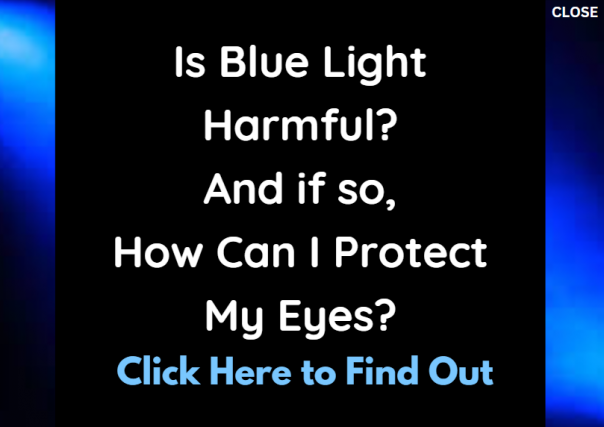Hello, Dr. Ed Huggett here. Wanted to talk to you today about migraines. Yup. Migraines and how they're associated with the eyes. There are some people that would come in and say, you know, Dr. Huggett, I get these migraine headaches when I use my eyes or I'm reading. Yes, migraines can be triggered by reading and eye stain. But there's a certain kind of migraine really that I want to talk about today. I want to talk about an ophthalmic migraine. Ophthalmic migraines are migraines that occur and actually affect a person's vision. But unlike most migraines that have pain, this type of migraine has no pain or rarely has pain. And that's a kind of migraine that it will actually sometimes block a person's vision out. They'll say, you know, I, all of a sudden had this gray area of my vision and I couldn't see around it or see through it or looks like zigzag patterns. It's like Chevron or zigzag pattern that a person will see. Sometimes it looks like a kaleidoscope. I've had patients say, it looks like my vision, it's almost like a, stained glass window, just all crinkled in the pieces. Typically in most cases that is what's called an ophthalmic migraine. Typically sudden onset usually lasts maybe 15, 20 minutes and then slowly, gradually goes away. If you're not sure about it and obviously you are worried about stroke or worry about other things. Ophthalmic migraine is typically very benign, doesn't cause any problem. If you have questions about it, give your eye doctor a call, obviously. What causes them? Well, stress number one, who has stress? Of course you don't have stress, but stress can do it.
Another common trigger is a food. Certain foods can do it. Like nuts broad beans , navy beans, lima beans, hard cheeses can do it. Process meats, salami, bologna, that kind of thing. Hard liquor, whiskey scotch, things like that can cause or trigger ophthalmic migraines. What I tell people to do is if you have an ophthalmic migraine, obviously run by your doctor. Make sure everything's fine. Each time you have what write down the foods that you ate the previous 24 hours. And about the second or third time you do that, you're going to start to see correlations of foods that are common. If it's, triggered from foods. A commonality, maybe it might be Swiss cheese, one time and cheddar cheese the next time, or it might be navy beans one time or lima beans the next time. So, but you'll start seeing these commonalities. And once you do that, now, you know what to start to eliminate. So if you see maybe two or three common kind of common foods that may trigger, eliminate one of them. Let it go for awhile. See if the migraine goes away and it never comes back. If it doesn't come back, you know, you've eliminated the source of the problem. The typically migraines occur as maybe middle-aged so around 25 on up into the 50s and 60s. But if you have any questions about them, any comments, please leave them here. I'd love to hear from you.


